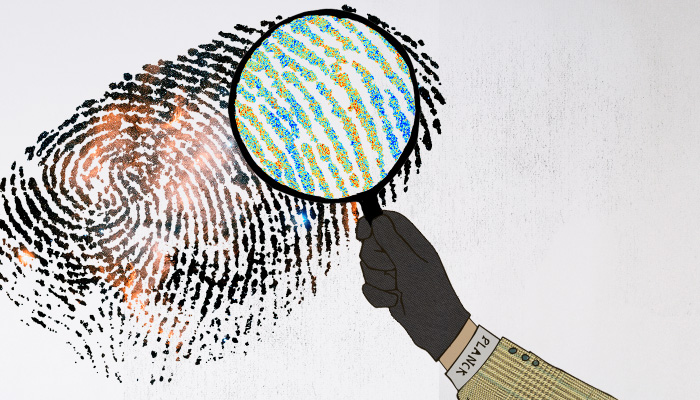Secrets of the early universe
 |
Planck, the space telescope that this year revealed unprecedentedly detailed information about the early universe, is just getting started. Image: Sandbox Studio
|
If you had eyes that could see all photons, not just the ones in the visible part of the spectrum, you would be able to see that between the bright stars and galaxies, a faint background light made of microwaves pervades the universe, streaming toward you from all directions at all times.
The Planck telescope has just such a pair of eyes.
Earlier this year, Planck scientists used this light to take a detailed "baby picture" of the universe, revealing that the universe is older and contains more matter than previously thought. And as if that leap in understanding isn't enough, Planck has even more data up its sleeve.
A flash of light
The faint glow that Planck sees between the stars and the galaxies formed long ago when the universe was about 370,000 years old. Back then, before there were stars or planets, a fog of hydrogen plasma and radiation filled the universe. As the then very hot, very dense universe expanded, things cooled enough for protons and electrons to combine to form atoms. This made the universe transparent for the first time, allowing light to travel relatively unhindered over great distances.
It also unleashed a flash of radiation imprinted with the topography of the universe at that very moment: the cosmic microwave background.
By looking at the distribution of irregularities in this shadow-version of the early universe, researchers seek to deduce the conditions of the universe at that time and understand the laws governing its dynamics.
A rapid expansion
Earlier this year, scientists on the Planck space mission released the most detailed map ever of the cosmic microwave background. In its tiny temperature fluctuations—which correspond to density fluctuations in the early universe—researchers discovered that the universe contains slightly more matter and less dark energy than previously thought. It also revealed that the universe is about 100 million years older and its rate of expansion is slower than previously determined.
The map also shows how matter is distributed in the universe, and gives credence to theories that random processes were at work during the epoch in which the universe expanded rapidly. This favors simpler theories of that inflation over more complex ones.
This new information is helping researchers test detailed models of how the universe formed and evolved—models that have implications for what will happen in the future as well.
Read more
—Sarah Khan
|